The coming two Thursdays, 22nd and 29th of June, we will have two master thesis presentations!
Welcome to the Ljungberg lab at 14.30!
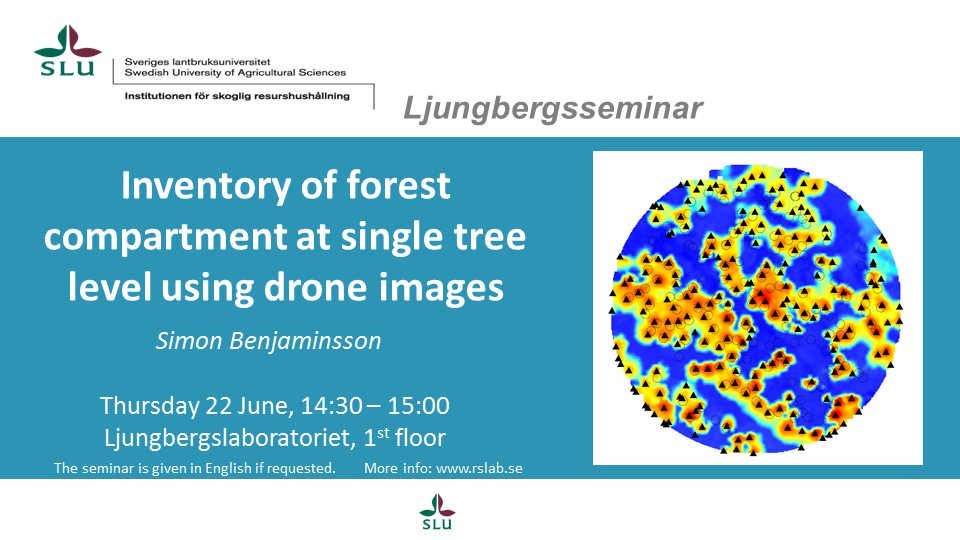
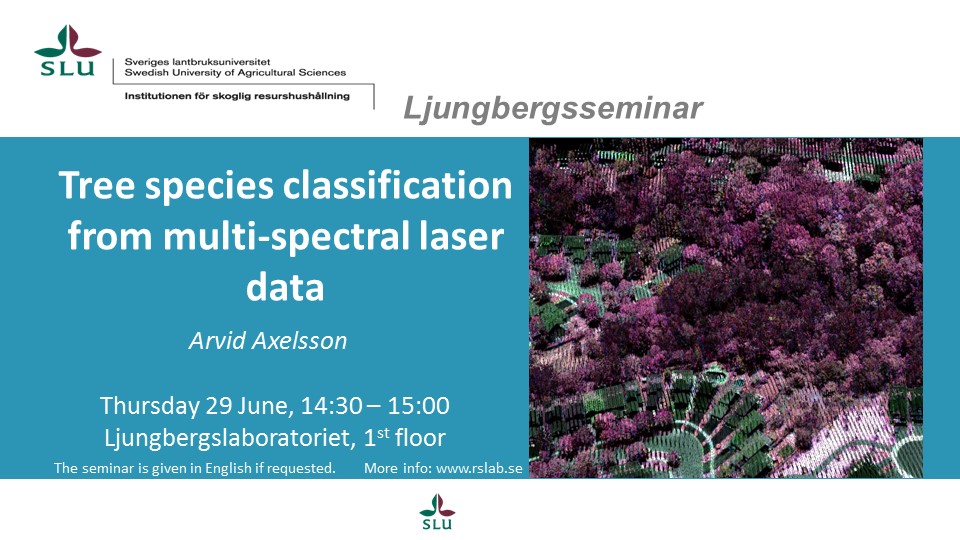
The coming two Thursdays, 22nd and 29th of June, we will have two master thesis presentations!
Welcome to the Ljungberg lab at 14.30!


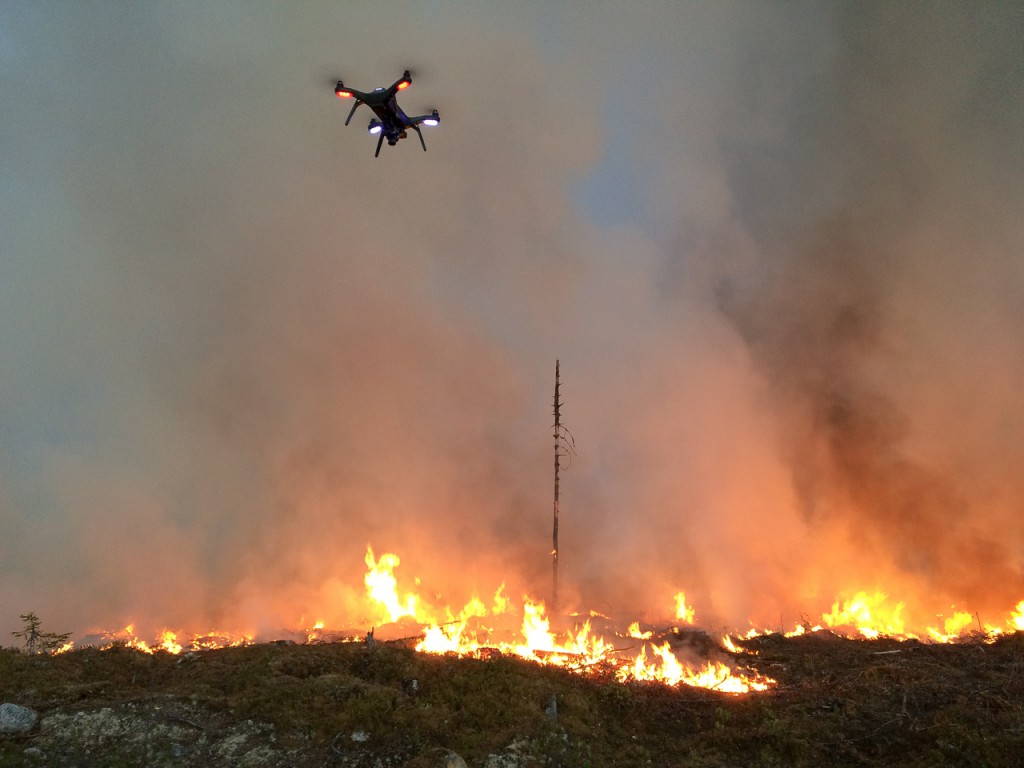
The scientists at the Ljungberg Lab at the Swedish University of agricultural Sciences in Umeå went for a two day field excursion to test thermal cameras and new drones. Joining the students at the Fire Management course at the Forest faculty, who were going to make a prescribed burning of a 20 ha clear-cut. We wanted to test our new Solo helicopter drone from 3Drobotics and to capture thermal video and images from our Flir Vue camera. We also wanted to test the thermal camera in our fixed wing Smartplane drone.
We started by capturing RGB images from 200 meters above ground with the Smartplane before the fire was started. From this imagery we created a 7 cm Ground Sampling Distance (GSD) orthorectified image mosaic. Which could be used for describing the pre-fire state of the area.
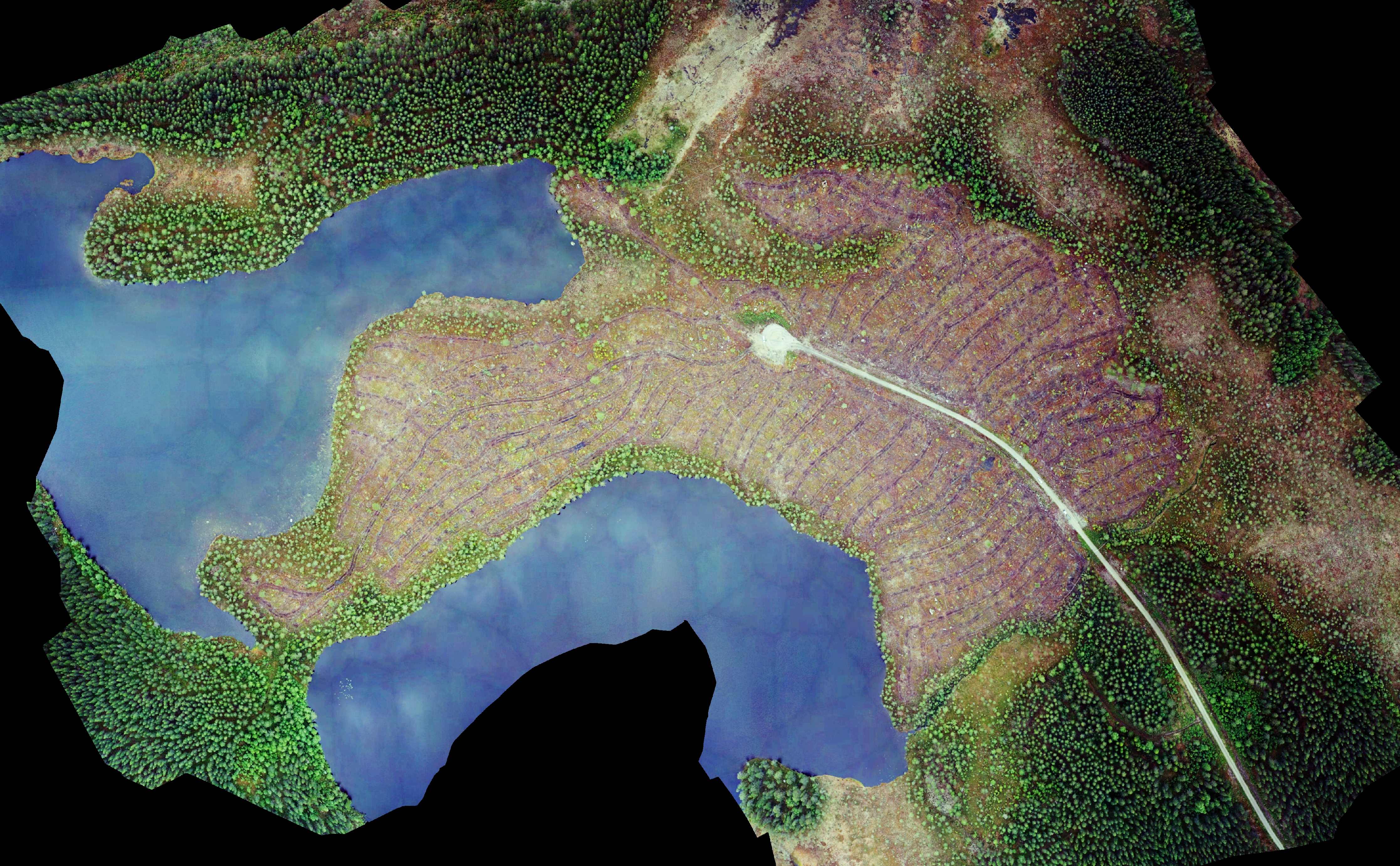
We started by capturing video with both visual (GoPro, with modified lens) and thermal video (Flir Vue Pro 13mm 640×480) of the controlled burning (prescribed) of the clear-cut.
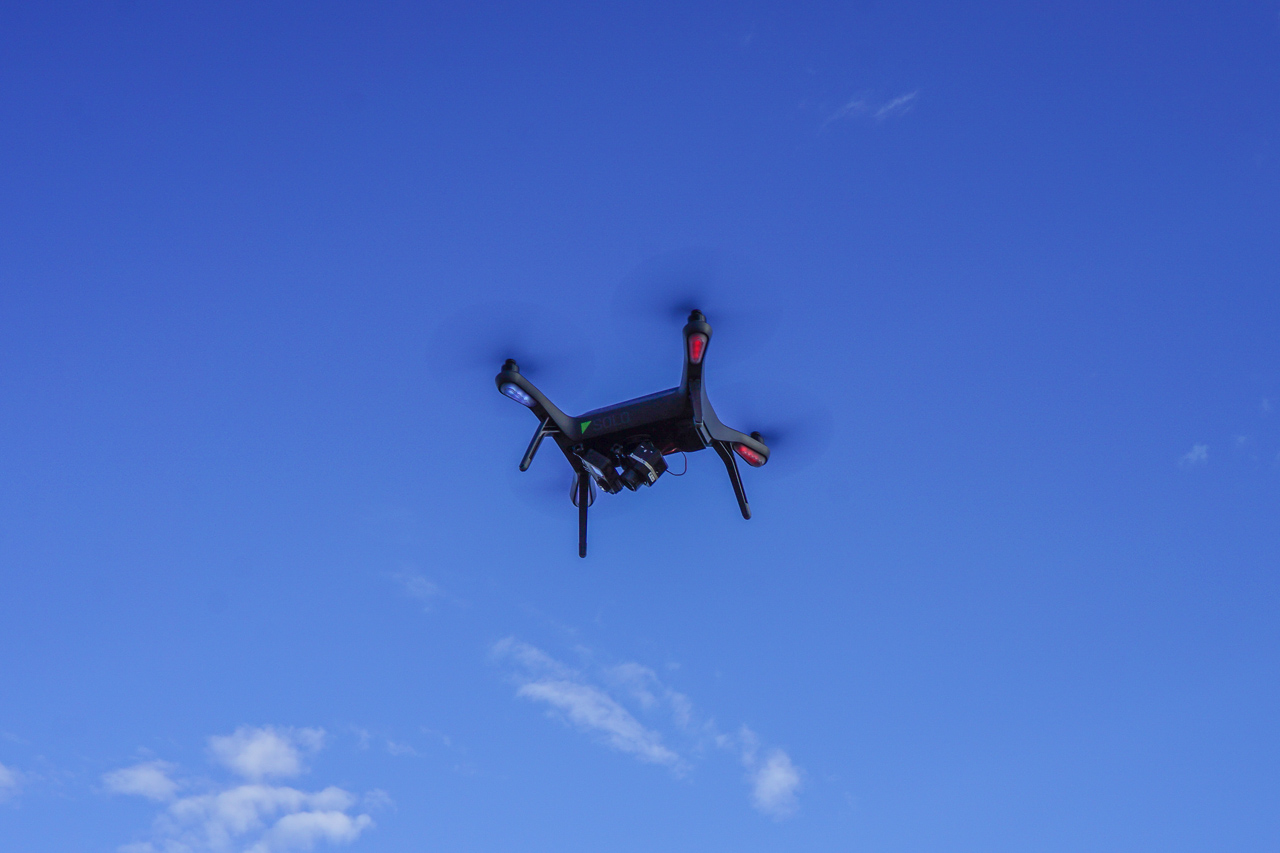
The video streams were later synchronized and fused to a side-by-side video using a software made by engineering students (an earlier project at the Ljungberg Lab).
Forest fire, fusion of thermal and RGB camera
Forest fire, thermal and RGB camera side-by-side
Under the duration of the controlled burning we flew the thermal camera multiple times, with the purpose of acquiring aerial thermal and visual (RGB) images to describe the burn process and to test the usefulness of having a thermal camera to find hotspots or ground fire hours after the fire front have passed an area.
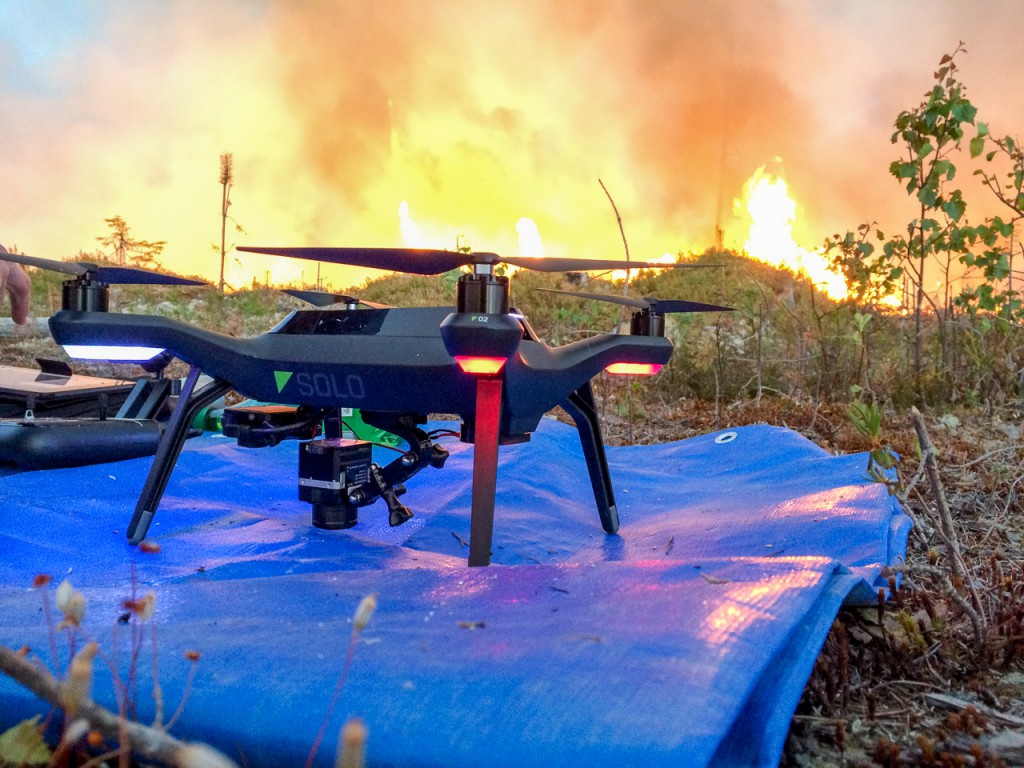
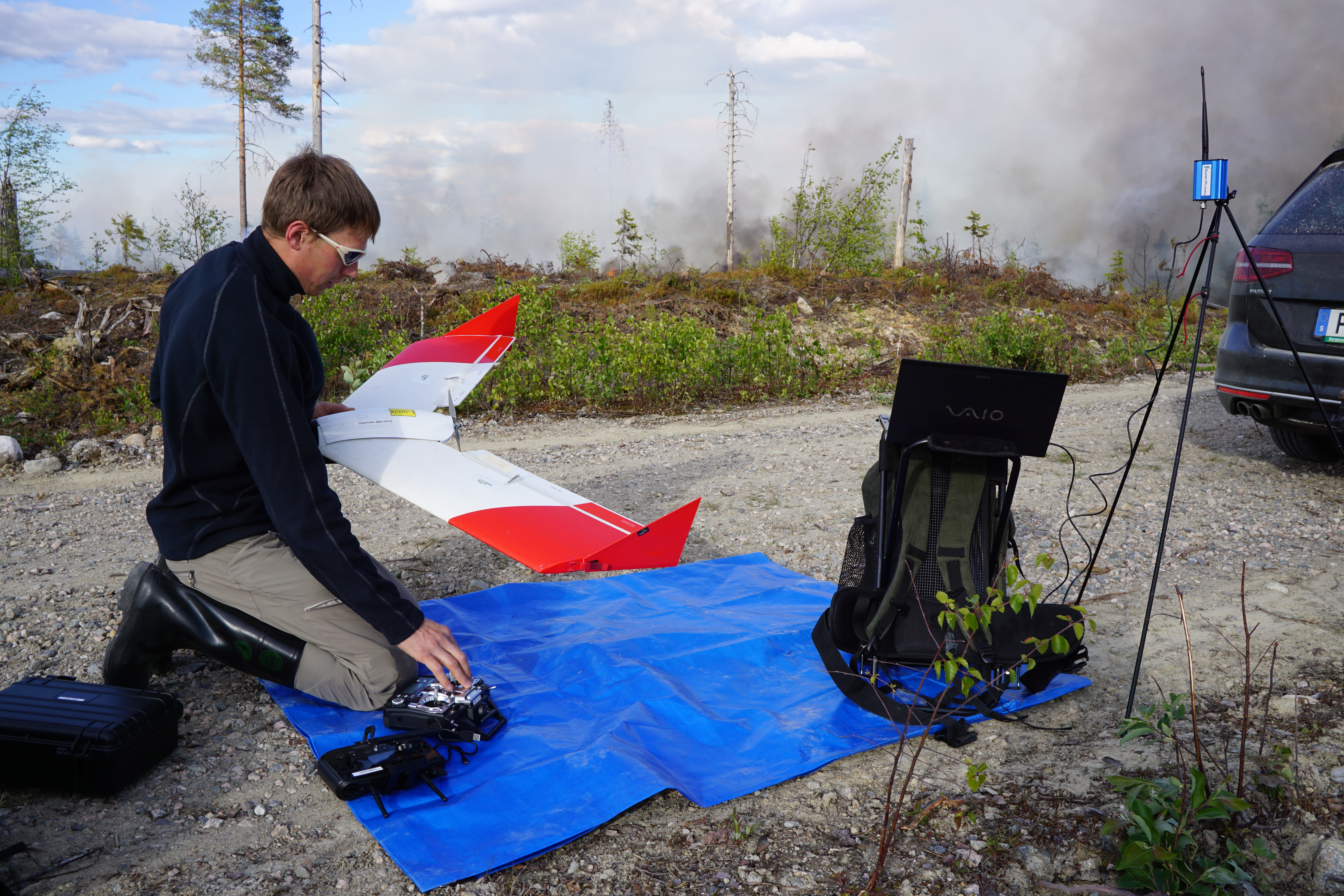
This will be evaluated later, when all data sets had been processed to orthorectified imagery and also to 3D point clouds.
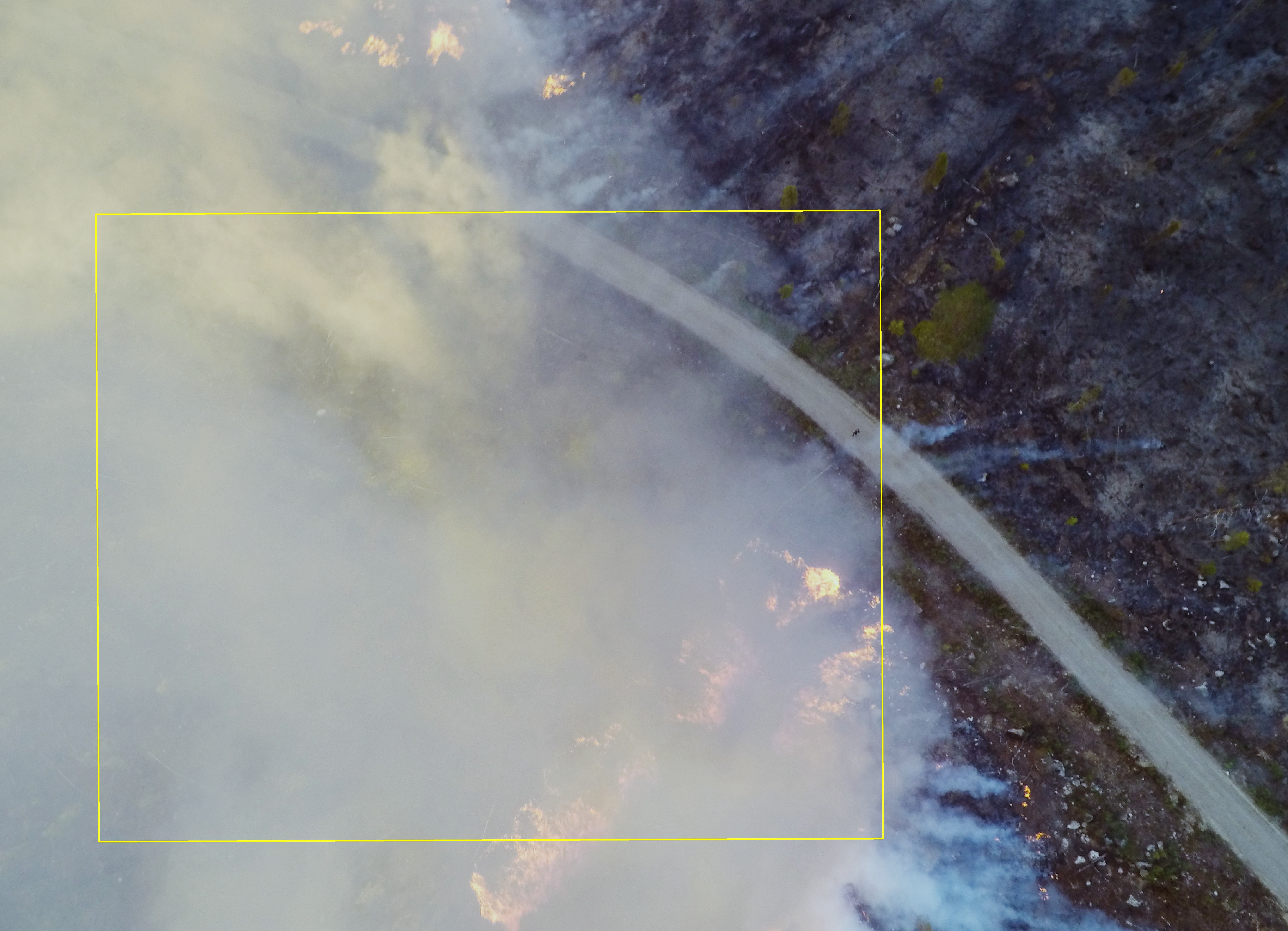
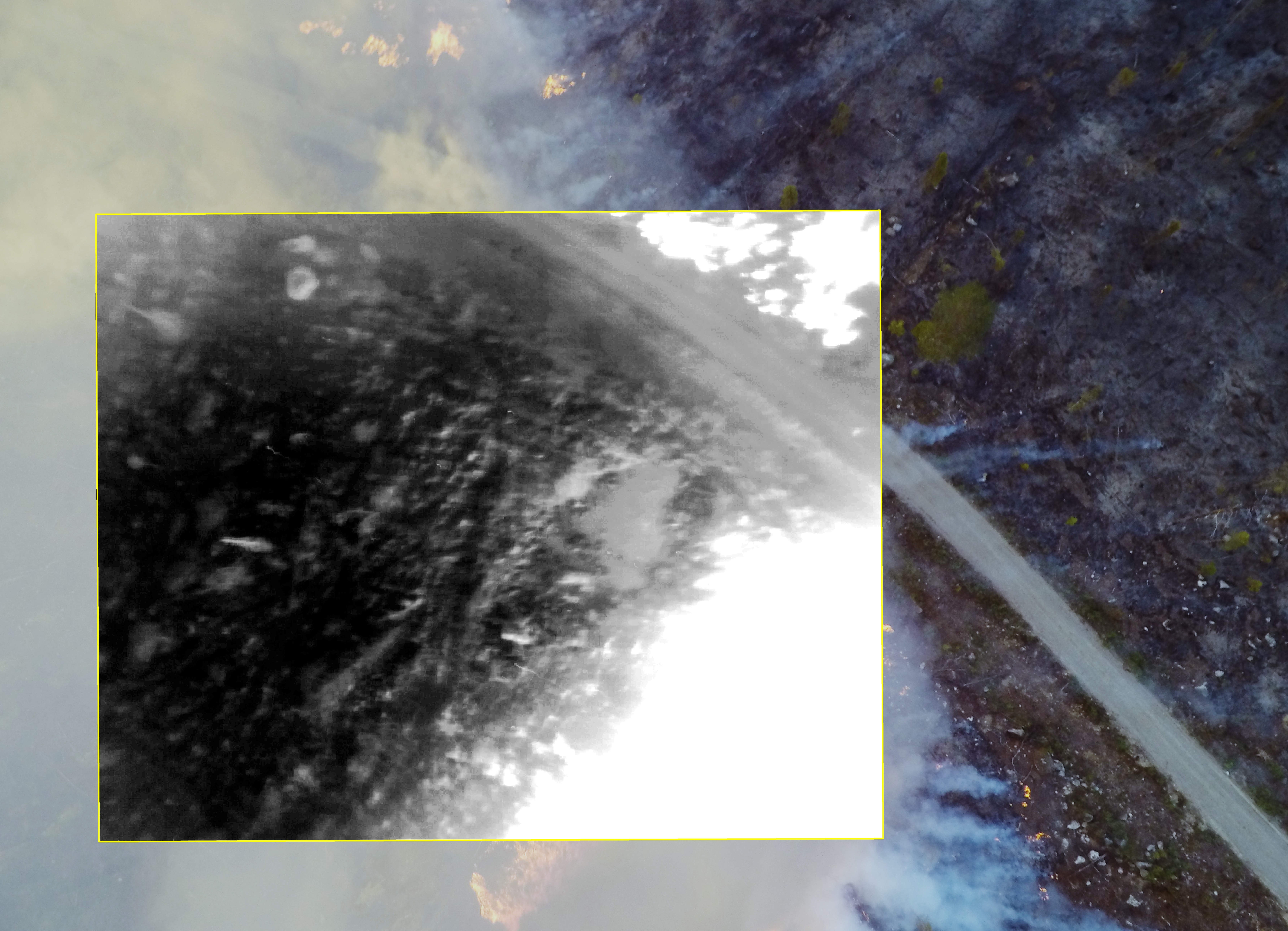
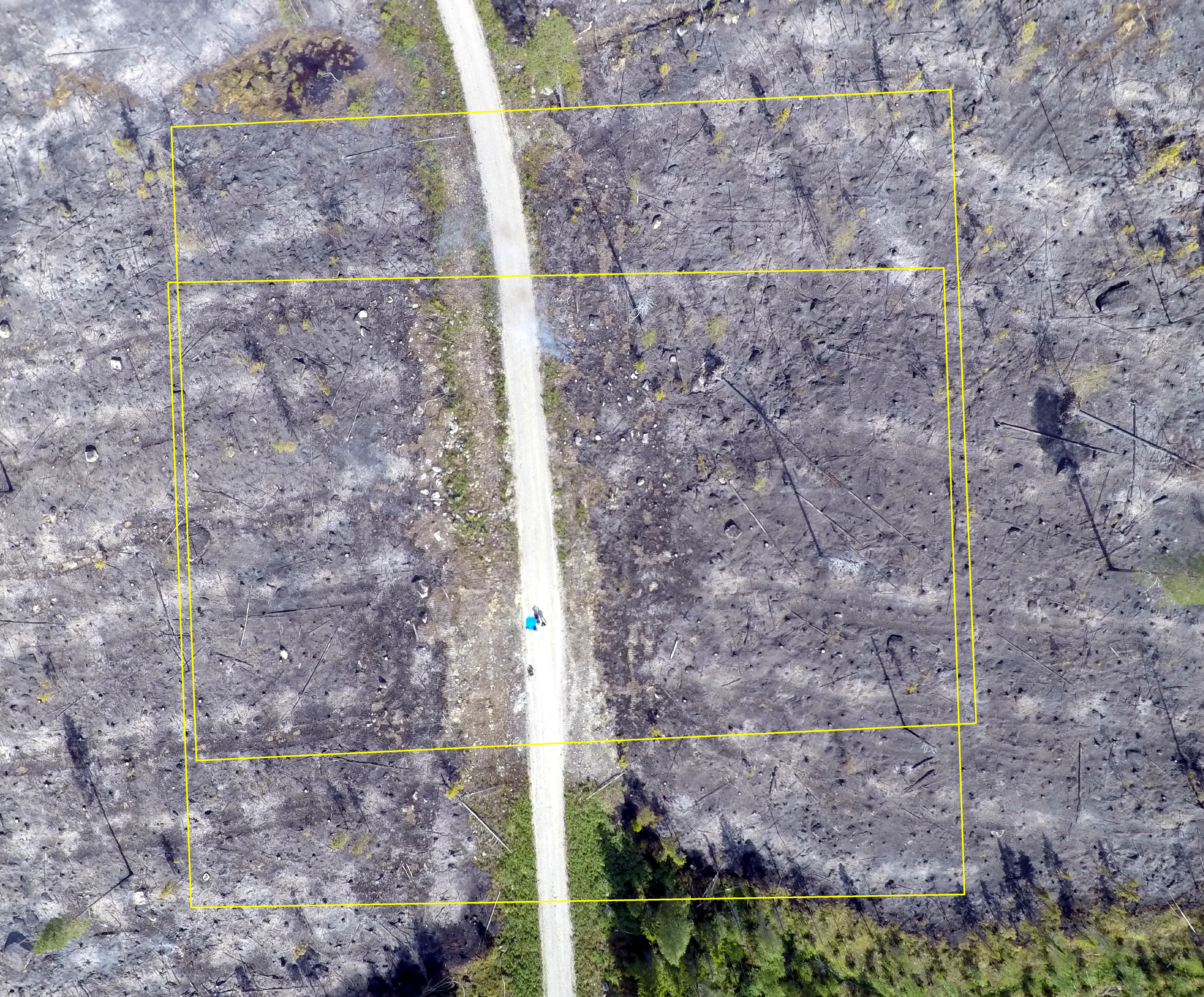
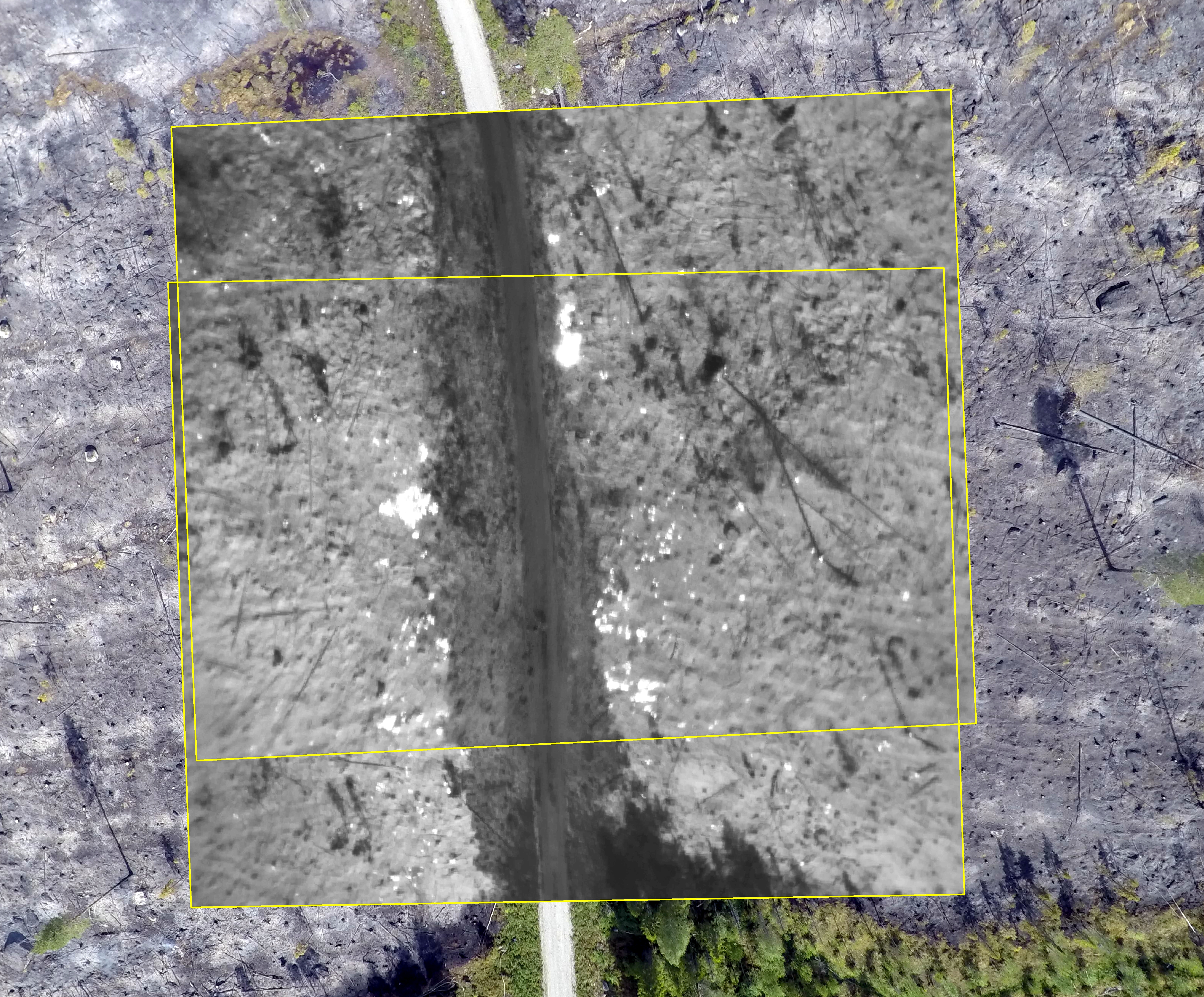
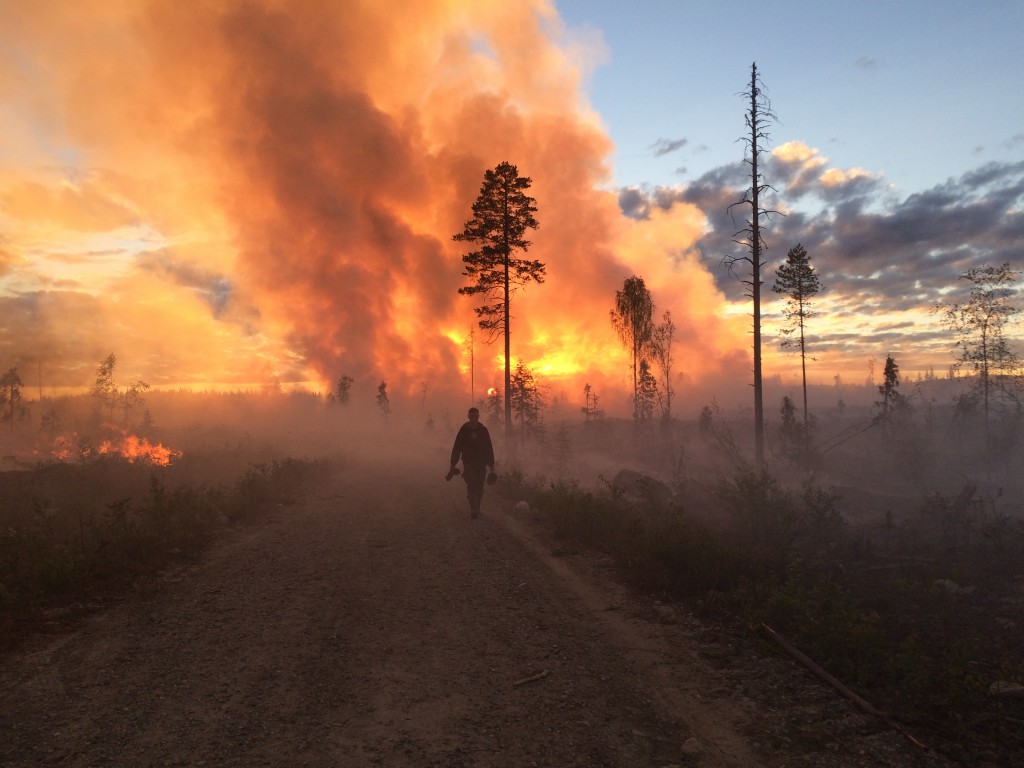
Jonas Bohlin and Mattias Nyström
Today, the teachers and students of the Ljungberg lab, went to SLU’s new forest estate in Innertavle, close to Umeå. This forest is going to be used for teaching and research purposes. Our aim was to map it with a drone to get a high resolution orthophoto map and 3D data before the winter comes.
Mattias is fixing with the drone to get us in the air (in the background students making fire).
We sprayed red crosses, which are used for ground control points (GCP) to reference the images into the national coordinate system. These where to be positioned after the drone flight using a survey grade RTK-GNSS.
Unfortunately the winter came during the drone flight! Making it a very hard job to find the GCPs both when trying to position them and in the images when doing the image processing.
But we got some result! Here is a low resolution (GSD 29 cm) orthophoto of the eastern half of the estate (click image for full size). The final products will have better geometry and resolution.
Thanks to the students who brought BBQ lunch for us all!
/Jonas Bohlin
Gallery: